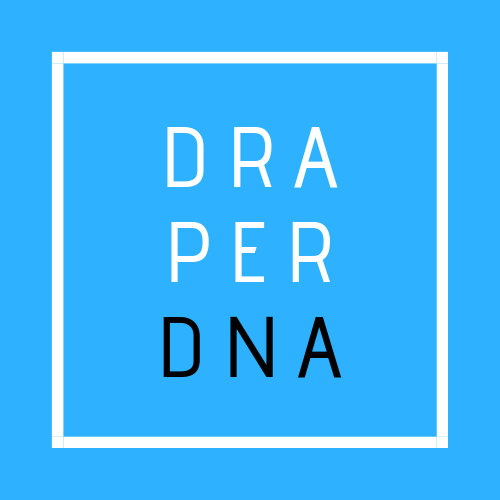Ageism
August 22, 2022
Several weeks ago I shared a post on LinkedIn by Holly McAvoy where she eloquently and bravely outlined her experience with ageism as she celebrated another birthday. The response to the post has been strong and supportive. I wrote a post about the overt ageism I have experienced starting after one of my milestone birthdays. It is a story of blatant ageism by ‘partners’ that lead to my termination. Ageism that I had seen by these same people before and watched happen again after my departure. I wrote about my experience but never had the nerve to publish it fearing more ageism by those reading the post. Holly’s post and the response to it reminded me of an article in Forbes about ageism that I believe adds to Holly’s post. Here is the story written by Avi Dan, a consultant that specializes in advising marketers about optimizing agency practices.
Is Ageism the Ugliest ‘Ism’ On Madison Avenue?
Advertising is a young man’s, and woman’s, game. The median age of staff in agencies is 38, lower than that of the population as a whole by 3 years. More than 60% of employees in the ad industry are aged 25-44, vs. only 50% of all U.S. workers. Just 5% of ad agency employees are over 50, and most are not in the creative department.
Agencies have traditionally aided and abetted, and often absurdly promoted, the idea to marketers that the only valuable target audience out there is men and women under 35. Clients are made to believe that the people who create their ads must look like the people that they are told buy their products.
The persistent zeroing in on young demographics is based on the antiquated belief that it creates brand loyalty and lifetime consumers. However, the concept of brand loyalty is as relevant today as 8-track cartridges. In this age of fragmented media, brand proliferation and constantly shifting technology, consumers are more sophisticated and more restless. These days they are steeped in advertising on all screens and are comfortable navigating a marketplace of limitless choice.
By clinging to an outdated approach, agencies fail to show their client relevant communications solutions. Boomers, those in their 50s and 60s, are poised to become half the U.S. population by the end of next year and control 70% of the nation’s disposal income. They account for $46 trillion in wealth and stand to inherit $15 trillion in the next 20 years. They spend heavily on cars, travel and technology, and account for 50% of all CPG dollars spent, dominating 119 out of the top 123 CPG categories. Yet, only 5% of ad dollars is directed at them, disproportionately in insurance and pharma ads, despite the fact that a recent study by the University of Michigan showed that marketing campaigns targeting baby boomers are twice as likely to be successful than those targeting millennials.
Having come of age during the Consumer Revolution of the 1960s and 1970s, boomers are a tsunami of consumption. Ironically, that also cemented the youth infatuation by marketers and agencies. The Pepsi Generation was the biggest, most affluent, and most free-spending group of young people anyone had ever seen. But as that generation matured, marketers feared that advertising to older boomers may stigmatize their brands as “oldish” and irrelevant. And yet, more often than not, by ignoring boomers, marketers are not fishing where the fish are.
Misaligned
There are a number of reasons why anyone older than 45 in the creative department of an agency is likely to have either made it to the executive floor, been downsized, or – gone off to become real estate agents.
First and foremost, agencies believe that “experience is expensive.” In a market where agencies are forced to cut costs wherever they can, they hire the young, and they hire cheap.
Second, there is a bias towards the young creatives due to the demands and the pace of doing business. Burnout for older professionals is a concern. Third, there is a perception that older creatives do not adapt to technology as well as young people.
However, when the average age of a creative is 25 and the average age of a car buyer is 52, you know you have a problem. With the American population getting older, agencies should balance their ranks with the peers of baby boomers.
If every client only sold products to people under 30, it might make sense to have a staff made up of people under 30. But the reality is, that many of the clients that will come into an agency have products that need to appeal to a wide audience. The majority of 20-and-30-somethings working in agencies (there are exceptions, of course) have zero insight into anyone different from themselves and they don’t seek that insight. They are too invested in the youth zeitgeist.
Perhaps it’s time for CMOs to stop rewarding agencies with inexperienced talent and look at agencies that rebalance their staff along the lines of age diversity as well as diversity across gender, ethnicity, religion, etc. – so they can produce work that will resonate with the required audience.
It’s just common sense.
Thank you, Holly and Avi, for saying what I could not.
We made a conscious choice to team with artists, writers, social media experts, media planners, programmers, pr specialists, and business development professionals that mirror both our clients and the customers they serve knowing the advantage we provide through our lifetime experiences. There is a Difference. Let us show you.





